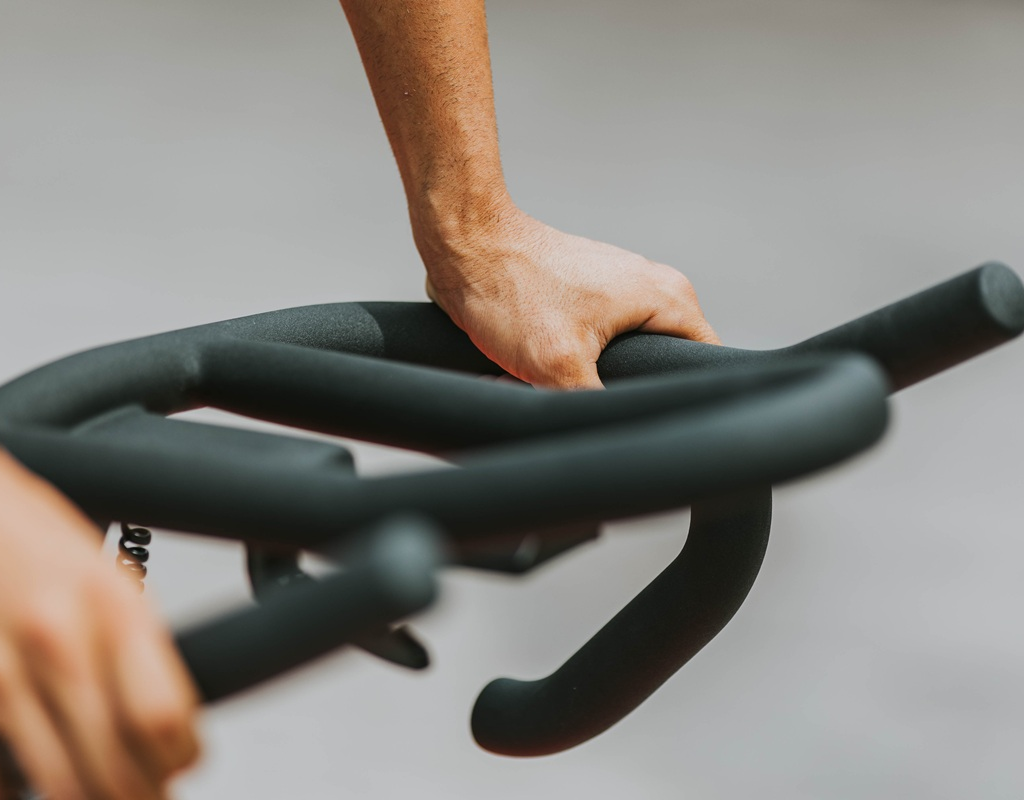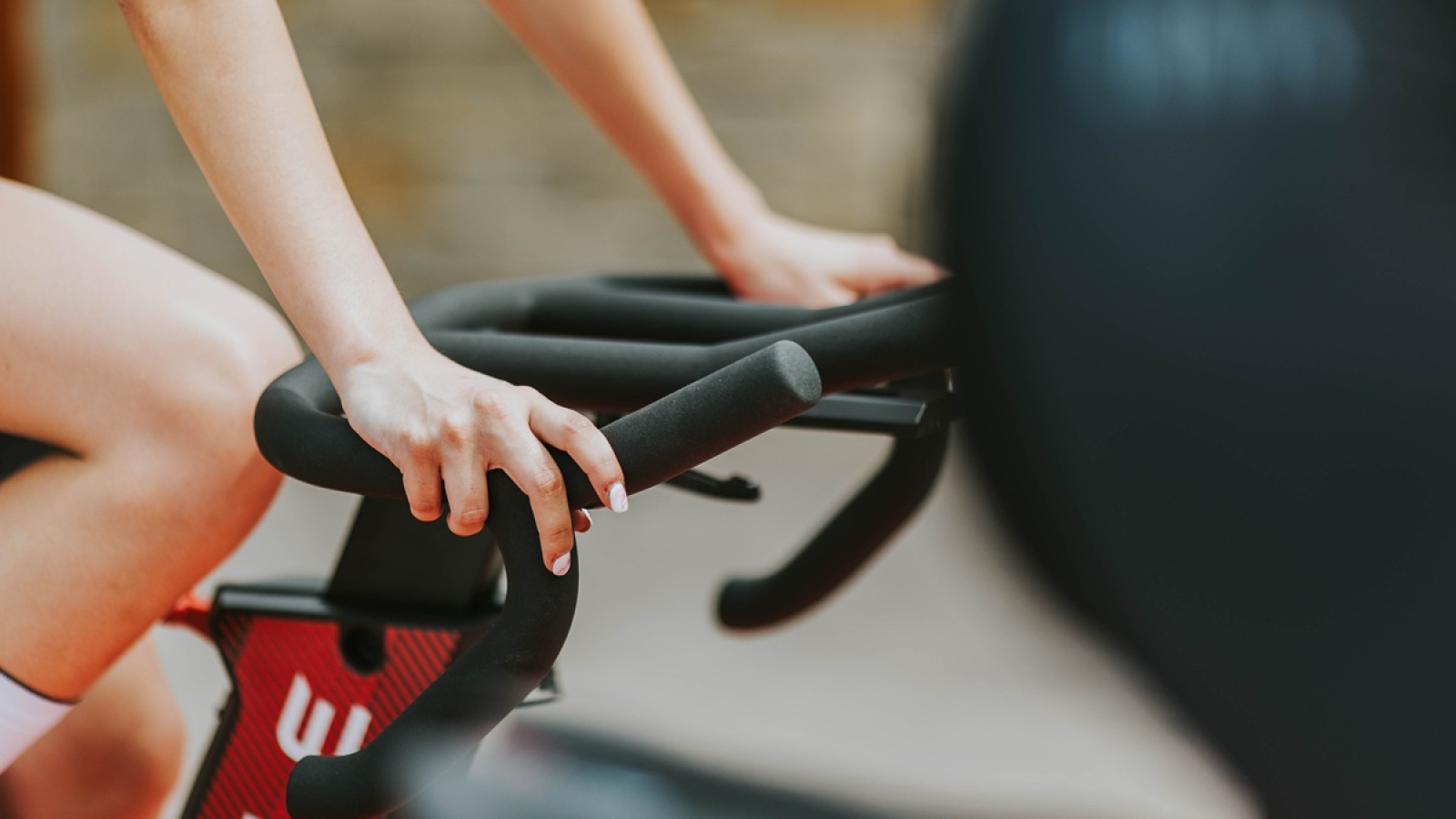Strength is one of the most important basic physical qualities there is, since having stronger muscles will allow us, for example, to be faster and more resistant. And it is that an integrated training of all physical abilities is essential to improve the overall performance of the cyclist. That’s why in this article we suggest several strength exercises for cyclists. Read on to find out what they are!
Benefits of strength exercises for cyclists at home
Performing cycling strength exercises at home has countless advantages, but the most important one is that you increase the amount of muscle mass and improve your overall body composition, as well as speed up your metabolism and protect yourself from losing muscle mass. Of course, strength training in cycling should be focused on working the muscles involved in this sport, but also on compensating the musculature of the rest of the body and optimizing performance to avoid injury. In this way, your cycling performance will improve considerably. Strength work exercises should therefore pursue the following objectives:
- Maintain correct posture.
- To protect in punctual forced postures.
- Prevent injuries, especially in joints.
- Improvement of the mechanics of movements.
- Protecting against loss of muscle mass.
- Optimize sports performance.
Proper strength training will improve pedaling efficiency, sprint power, uphill endurance and injury prevention. It also strengthens stabilizing muscles, improves cycling posture and promotes recovery.
Strength exercises for cycling at home

One of the advantages of strength exercises for cyclists is that these can be done with our own body, without adding extras and without affecting the objectives. We are talking, in this case of functional type exercises and what we are talking about is to establish a complete routine that you can do at home to optimize overall performance, complementing your indoor cycling sessions with the smart bike or the bike roller, depending on your preferences.
Squats with free weights
The squat is a basic and essential exercise for any cyclist. It works the quads, glutes, hamstrings and core. When performed correctly, it simulates the strength needed for each pedal stroke, especially on climbs. You can start with bodyweight squats and progress to barbell, kettlebell or barbell squats. Performing 3 to 4 sets of 8 to 12 repetitions twice a week can make a big difference in your performance.
Lunges or lunges
This is another fundamental exercise that unilaterally strengthens each leg, improving balance and muscle symmetry. Lunges activate quads, glutes and hamstrings, while engaging the core and improving hip mobility. Ideally, as they are strength exercises for cycling, they should be done forward and backward with or without weight. They are ideal for correcting muscular imbalances that may arise from repetitive pedaling.
One-legged deadlift
Deadlift is one of the most complete and powerful exercises for the lower body and posterior. It works the glutes, hamstrings, lower back and back, as well as improving core stability. This type of exercise helps especially in the development of power during sprints or when standing on the bike. It should be performed in two steps:
- Step 1: Stand and lean on one leg while holding two dumbbells in front of the body and palms down. Arms should be fully straight.
- Step 2: Slightly bend your leg while leaning on the hip of that same leg. Then, do a forward bend with the leg lifted behind you.
Gluteal Bridge
Among the most recommended cycling strength exercises is also the gluteal bridge. Keep in mind that these muscles are key in transmitting power to the pedals, in addition to preventing discomfort in the lower back, as they strengthen the posterior chain. You can do it on the floor, with your own body weight, or by resting your back on a bench and adding weight with a barbell or discs.
Front and side planks
Although cycling seems to focus on the legs, the core is essential to maintain the position on the bike, stabilize the body in curves, improve pedaling efficiency and avoid injuries. The front and side plank, along with other variants such as forearm planks, with movement or with weight, are very useful. It is recommended to hold the posture for 30 to 60 seconds and repeat 3 or 4 times.
Heel raises
The calves also play an important role in cycling, especially over long distances and when climbing. Heel raises, either bodyweight or weighted, help strengthen this area and improve muscular endurance. You can do them standing, on a platform or even on one leg, to work on stability.
Tips for integrating strength training for cyclists into your routine
Ideally, one to two strength sessions per week should be performed. This frequency is sufficient to generate adaptations without interfering with cycling volume, especially if the days of high-intensity work on the bike are well planned. In addition, the order of training also influences performance. It is recommended to do strength training sessions on days separate from intense cycling training or, in any case, after light rides. Strength training before a demanding ride can affect performance due to accumulated fatigue, so planning should always consider effort levels. On the other hand, when starting out, the most important thing is progression. Starting with exercises that use one’s own body weight allows the body to adapt to new stimuli. Then, little by little, additional load can be incorporated. Pushing too hard too quickly can increase the risk of injury, so progress gradually. Adopting the correct technique is another fundamental pillar. Keep in mind that the quality of the movement is more important than the amount of weight or repetitions. It is preferable to perform fewer well-executed repetitions than too many poorly executed ones, as this reduces the risk of injury and improves the effectiveness of the exercise. Finally, it is a good idea to vary your routine. Changing the exercises or the way they are performed every four to six weeks helps to avoid stagnation and keeps motivation high. In addition, it allows you to work the muscles from different angles, achieving a more complete and balanced development.


 Cart is empty
Cart is empty 


